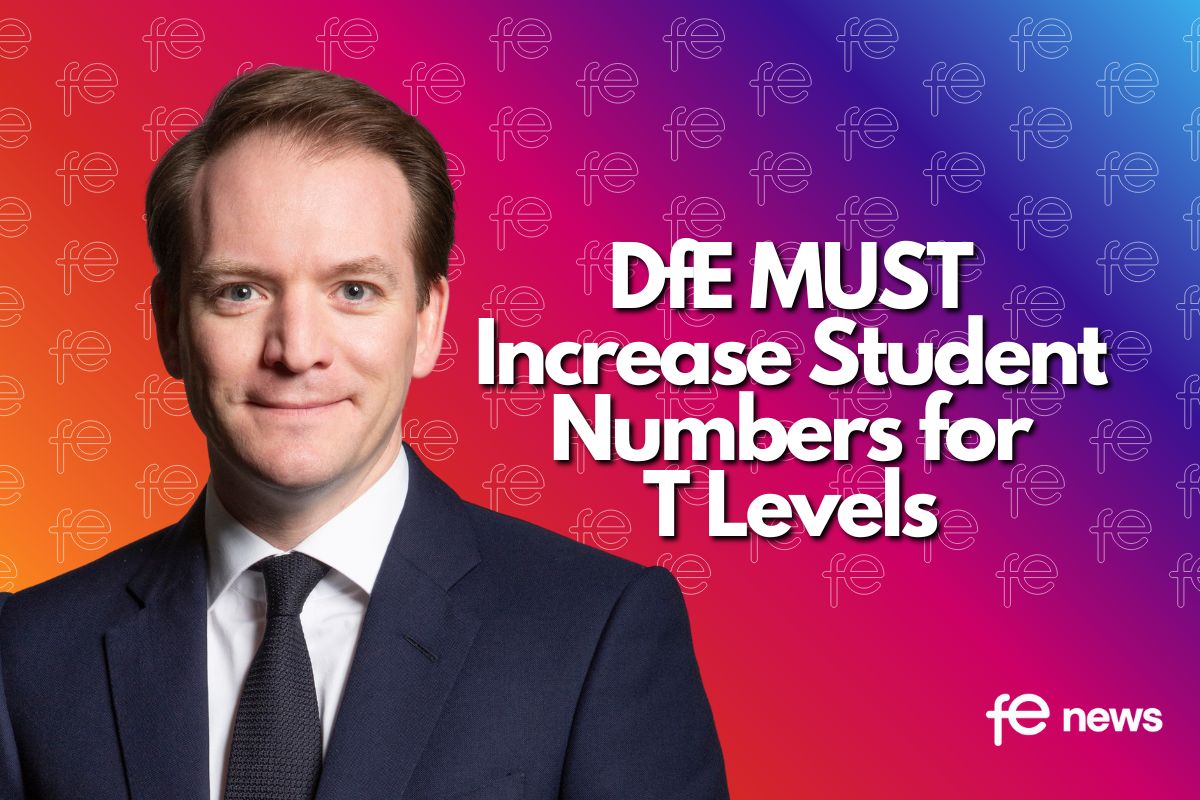What is the future of Micro, Nano and Digital credentialing?

#Credentials #DigitalCredentials #MicroCredentials #NanoCredentials! Micro, Nano, Digital. Do they all mean the same thing?
Do different countries define them differently? All of these terms have become buzzwords in the education sector, as well as politically: the EU is currently creating legislation and a framework on micro-credentials, Irish universities have been developing and using micro-credentials for a while, Australia is creating a micro-credential marketplace, and New Zealand has already established a micro-credential framework and definition. Even UNESCO is working towards defining them, and in 2021 alone there were over 50 million digital badges awarded globally.
Are all micro-credentials the same?
So, with all of these countries and organisations talking about micro-credentials are they all the same and defined the same? Absolutely not.
Currently, New Zealand via the NZQA (New Zealand Qualifications Authority) is the only country in the world that defines a micro-credential by its size, between 5-40 credits (50-400 hours of work). Many other countries are defining them as a short course designed to meet industry needs. Whilst there can be a lot of debate around whether those sizes are ‘micro’ (e.g. in New Zealand you can register 40 credit qualifications), there is at least a line in the sand regarding what NZQA defines as ‘micro’ and what isn’t.
Micro-credentials are here to stay
In a recent CEDEFOP and EU seminar which considered if micro-credentials are here to stay, I asked if the EU would look to include size as part of their definition of micro-credentials. The response was no, at least for now. Of greater current importance to them was that micro-credentials are flexible, clear, and transparent. All of which I agree with, however, with transparency, an essential element, in my opinion, is that the micro-credentials mean something.
If a learner achieves a micro-credential in New Zealand will it have the same value as one earned in Ireland?
Recognition and portability are going to be essential moving forwards and early shared understandings should be agreed before fragmentation and confusion reigns.
In their most basic form micro-and nano-credentials are nothing new, they are merely shorter courses than qualifications. The concept of stackable, modularised learning that leads to credentials that are smaller than or parts of full qualifications is also not new to any country with a competency-based framework. There is no prescribed way to deliver these credentials – they can be fully online, they can be blended, or can be fully in-person.
What changed?
What has changed is the perception of them. Before now the focus has very firmly been on qualifications and degrees, products that take a long time to achieve, a lot of money and a greater chance of mismatch between the content of the qualification and the subsequent application of skill. The focus now, especially with Covid and climate change, is much more on upskilling and reskilling employees. Industries are rapidly changing and many occupations are not going to exist in the very near future.
There are some who are trying to differentiate between a micro-credential and a short course, the difference being that micro-credentials are on a framework and a short course isn’t. That is one way to show a difference and build its value with regards to ‘stacking’, however, an alternative is via digitally badging.
If a company with short courses decided to give digital badges to recipients of their courses via a third party who had quality assured their work, one could argue that that is a course which has been given a credential based on that quality assurance, so should that be a micro-credential too? I would argue that any course which has been validated either via a national or international framework, or quality assured by a third party do the same thing in relation to credibility. That is where I see the difference, micro- and nano-credentials are more credible than short courses.
Gallup’s State of the Global Workplace: 2022 Report
In Gallup’s State of the Global Workplace: 2022 Report, they identified that global employee engagement was at a rate of only 21%, and that highly engaged teams are 14-18% more productive than low engagement teams, on average, with low engagement teams typically enduring turnover rates that are 18-43% higher than highly engaged teams. Gallup estimates that low engagement costs the global economy US$7.8 trillion and accounts for 11% of GDP globally, engaging employees via upskilling, reskilling and recognising them via digital badges could go a long way to help this.
The Great Resignation and Micro and nano credentials
Couple these changes with ‘The Great Resignation‘ and there are suddenly a large number of people needed in jobs who may not have the full experience or skillset required. Micro- and nano-credentials can help by being focused specifically on the skills and knowledge needed. In the case of upskilling and reskilling in particular, there is a safe assumption that employees are not coming to an occupation fresh, they have workforce experience, and they have some knowledge. These credentials are then focused on what they don’t know, on what is specific to this particular industry, or this particular role.
Whilst the focus currently is very much on people currently in employment, there is also the potential of these credentials being useful for those aged 16-21 who may not know exactly what they want to do, but if they can get short courses that give them a taster of what these industries and roles are like, they can make a safer bet on where in the workforce they would prefer to spend a significant period of time, rather than making potentially long term and expensive mistakes.
A common misconception is that digital credentials, also known as digital badges, are a different term for micro-credentials. They are not. Micro- and nano-credentials are the courses, the training, and the learning. Digital credentials are the certification of that piece of learning. Digital credentials are the recognition of skills and/or knowledge earned. The badging is like a certificate, but unlike a certificate that merely says the title of the course completed, the digital credential (depending on who made them) lists the skills earned and the criteria to earn the badge. Digital credentials are not exclusively for micro-and nano-credentials either, as long as there are skills earned and training achieved, you can badge any type of training or qualification.
Stacking micro-credentials
In New Zealand, micro-credentials can be ‘stacked’ into larger qualifications. The qualification cannot be entirely made up of micro-credentials, but they can be a part of it. In Australia, they are seeing the opportunities of stacking as well, however, they appear more focussed on the use of micro-credentials to contribute towards degrees (Australian universities are embracing micro-credentials and their possibilities much more than New Zealand universities currently).
How to understand these products?
How do I understand these products? In my opinion, size and credibility are of fundamental consideration in defining credentials. Without stipulating some parameters around their size or the amount of learning involved it risks undermining credentials as an innovation, if all we are really doing is relabeling existing short courses. It is also very important to ensure that these credentials are regarded as credible within not only education circles but within industry as well, by having credentials on frameworks or the requirement to have them third-party quality assured, it adds a certainty that what is provided is reliable, credible and necessary.
Whilst I applaud New Zealand’s credit-based definition, 40 credits is too many: it is not ‘micro’. A micro-credential should be the training of essential skills and knowledge and a method of upskilling and reskilling people in the workplace. Personally, I would argue that 20-25 credits would be the very highest any one micro-credential should be, if it requires more than that, then it should be split into multiple credentials and become a learning pathway.
The difference between Nano and Micro-Credentials
A nano-credential should be smaller than a micro-credential with the ability to ‘stack’ into micro-credentials. If a micro-credential is 5-25 credits, then a nano-credential should be 1-4 credits (10-40 hours). A nano-credential should be more focused on particular skill sets. The benefit I see for nano-credentials is that they will be a lot quicker to take. For example, if there is a new health requirement or need, a nano-credential could teach just the skills for that element in a short period to focus on specific and necessary learning outcomes.
What now?
Countries and political groups are defining these things now, larger political groups are making broad definitions, leaving them flexible for individual member states to make a more nuanced definition if they so choose. While flexibility is necessary, there needs to be consensus about what is or isn’t a micro- or a nano-credential. Real rigour needs to be made for these products and the quality assurance around them needs to be robust. Definitions are slowly evolving, however, decision-makers need to be braver and put a number to the name. That is the only way that comparability, consistency, and validity can occur and ensure these credentials mean something that will help learners and industries.












This takes me back years to when I wrote about a closely related area .. bit degrees, blockchain etc
Education often moves forward at a snail pace but gets there eventually.
https://www.fenews.co.uk/exclusive/is-2018-the-year-of-education-blockchains-bitdegrees-microdegrees/